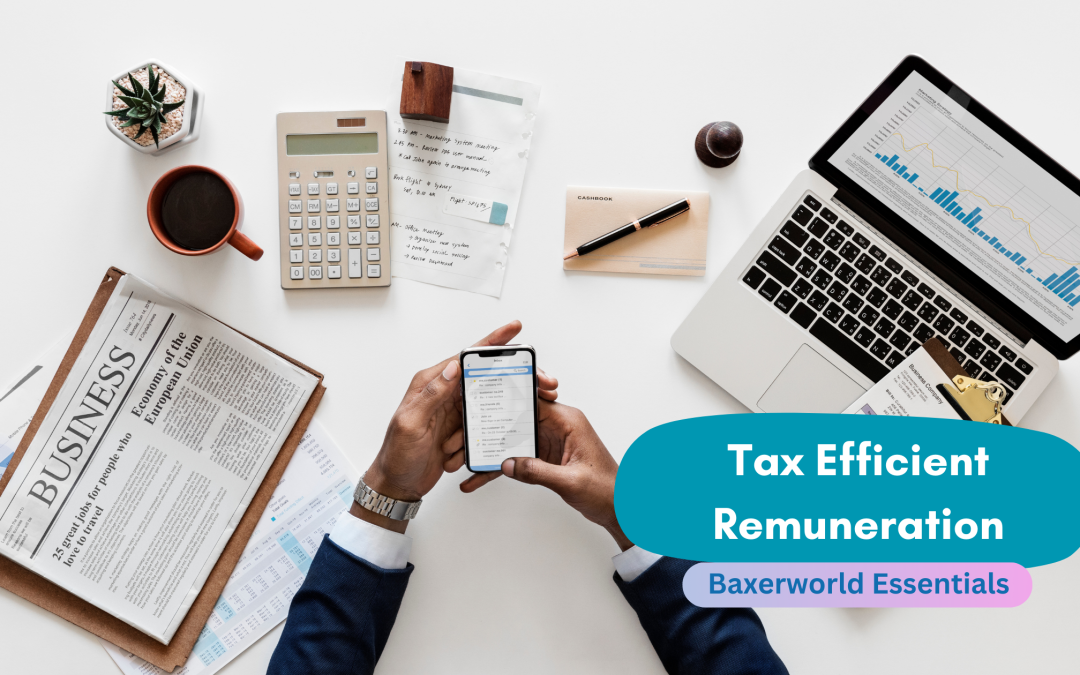Tax efficient remuneration
To draw money out of your company, you will have been advised in the past to pay part as salary and the remainder by way of a dividend.
Salary:
Usually best set at a level high enough to qualify for State Pension but lower than the starting point for National Insurance. Remember that salary (and employer national insurance) is a deductible business expense for corporation tax purposes.
For 2023/24, the preferred salary in most cases will be £12,570, so that the standard personal allowance is fully used. This is also the starting point for the employee NI charge, although the employer contribution starts at £9,100. No tax or NI makes this the sweet spot.
Dividends:
This method of remuneration is being squeezed by the Government. The Tax-Free Allowance on dividends has fallen over the last few years and the dividend tax rate has increased. In many cases however it may still be tax efficient to take profits as dividends rather than salary, the decision just requires more calculations.
Bonus:
Another consideration is to extract profit as a bonus. This may be efficient if you are paying Corporation tax at the full 25% rate. Also, If there aren’t enough retained profits to allow under the required dividend to be legally paid, then it will be the only way to extract the money. The Chancellors reduction in National Insurance will make this a cheaper option.
The calculation:
Four taxes need to be considered, Income Tax, Corporation Tax, Employers NI and Employees NI. Work out the best combination based on the amount you need to extract. Remember that higher payments via PAYE reduce CT.
Minimum Wage:
Unless a director has a contract of employment there is no need to pay minimum wage rates.
Pension:
If you can afford to put away money for the future then a contribution to a private pension will save tax.
